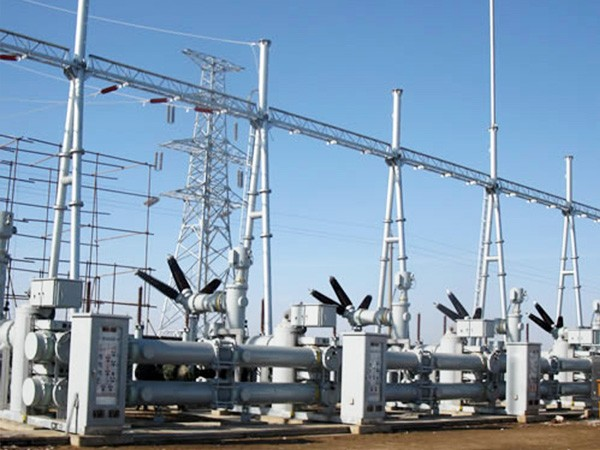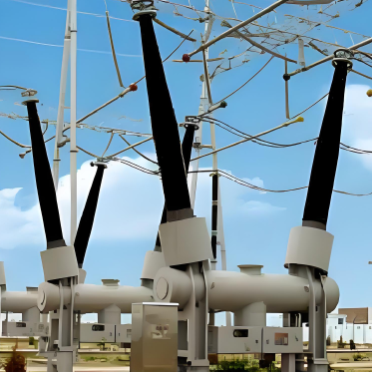Intelligent High-Voltage Gas-insulated Switchgear (HV GIS) Solutions

1. Challenges
1.1 HV GIS Structural Constraints
Due to the highly integrated and enclosed structure of HV GIS equipment (often likened to a "black box"), internal issues such as contact loosening and poor electrical connections are difficult to detect using conventional methods. For example, statistics from Xinjiang Changji Power Supply Company indicate that 29% of HV GIS equipment failures originate from poor contact connections. Traditional approaches rely on manual disassembly or empirical judgment, resulting in low efficiency and risks of missed inspections.
1.2 HV GIS Maintenance Complexity
Manual inspections of HV GIS chambers require power outages and involve risks such as suffocation or mechanical injuries due to confined spaces (e.g., diameters of only 50-80 cm). Additionally, HV GIS components like arc extinguishing chambers demand extremely high cleanliness standards. Manual operations risk introducing contaminants, leading to secondary failures.
1.3 HV GIS Data Management Challenges
High Voltage Gas Insulated Switchgear (HV GIS) generates multi-source heterogeneous data (e.g., vibration signals, temperature, gas pressure). However, inconsistent interfaces and protocols across manufacturers hinder data integration, impeding real-time monitoring and predictive maintenance.
2. Intelligent Solutions
2.1 HV GIS-Specific Diagnostic Systems
- HV GIS Vibration Analysis: The "GIS Electrical Contact Smart Identification Device" developed by Xinjiang Changji Power Supply Company uses high-precision sensors to capture HV GIS contact vibration signals. Combined with machine learning algorithms, it achieves a diagnostic accuracy rate of over 90%.
- HV GIS Multi-modal Monitoring: Integrates parameters such as HV GIS temperature, gas density, and partial discharge to build equipment health models, enabling early fault warnings.
2.2 HV GIS Digital Transformation
- Modular HV GIS Components: The 110 kV Jingzhuang Substation in Changzhou reduced HV GIS internal wiringby 90% by installing fiber-optic sensors and smart modules.
- AI for HV GIS Maintenance: Platforms like Southern Digital’s "DeepSeek+iData" automate HV GIS status reporting through NLP and command generation.
3. Achievements
3.1 HV GIS Efficiency Breakthroughs
Post-intelligent upgrades, Xinjiang Changji Power Supply Company reduced HV GIS maintenance costsby 40% and inspection time by 50%. Ningbo Power Transmission Company’s HV GIS cleaning robots decreased blind spots in cylinder inspections by 80%.
3.2 HV GIS Lifecycle Innovations
Digital twin and AI algorithms enable predictive monitoring for HV GIS systems, extending lifespan by ~20% and reducing unplanned outages.













